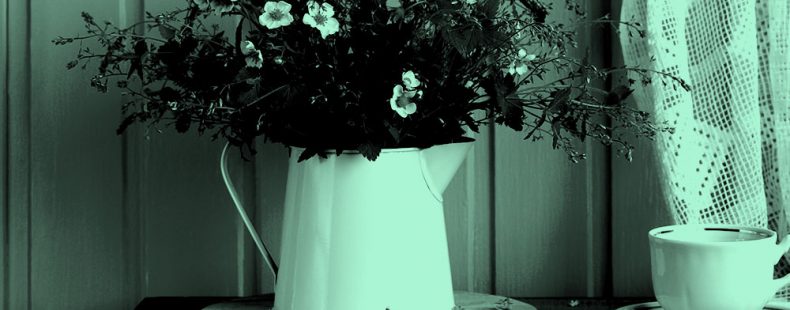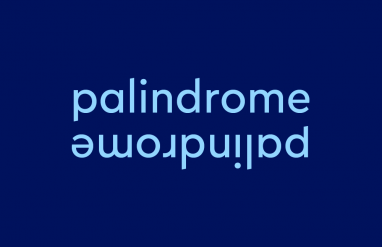You’ve probably seen the hashtags on TikTok: cottagecore, royalcore, normcore. It’s clear they’re associated with a specific aesthetic and that people are major fans, but what’s the deal with every social trend suddenly getting its own unique -core name?
Fandoms naming themselves isn’t a new thing—just ask Taylor Swift’s Swifties or Beyonce’s Beyhive. But the -core trend takes the idea of fandom and applies it to aesthetics, fashion, home decor, accessories, and even styles of art and photography.
People have always given special names to things they love and been outspoken about their fandoms, but social media has taken the trend to new heights. Now, it’s easier than ever for people to find others who share their interests and even to curate entire social media feeds promoting a certain kind of style or hobby. Here, we’re breaking down where the -core in your favorite aesthetic comes from and then looking at 14 popular -core movements and aesthetics that should be on your radar.
What does -core mean anyway?
On its own, the word core means “the central, innermost, or most essential part of anything.” So, in one interpretation, all of the different -core movements are named in a way that indicates what the trend or aesthetic is centered around.
But the -core suffix may also be related to the word hardcore, or the “the permanent, dedicated, and completely faithful nucleus of a group or movement.” Ultimately, -core movements are fandoms that spring up around different aesthetics and trends. Even the trend of naming movements has its own -core name: namecore.
Now that we know the basics of namecore, let’s talk about some of the -core movements that dominate social media in 2022.
mumblecore
TV and film lovers might be familiar with this one. Mumblecore is “a genre of film or TV typically characterized by naturalistic dialogue, a small budget, relatively unknown actors, and a plot that focuses on interpersonal relationships.” It’s said to have been coined as a joke by a sound editor in 2005. Mumble means “to speak in a low indistinct manner,” so it may be a reference to the poor sound quality that’s sometimes a part of lower budget productions.
What’s that? You want to learn more about mumblecore? Then read more here.
cottagecore
Cottagecore isn’t just referring to a cottage. Rather, it’s a romanticization of the “aesthetic or imagery inspired by an old-fashioned, rural lifestyle, characterized by rustic décor and fashion.” Also called farmcore, cottagecore often presents as an idealized version of Western agricultural life.
cluttercore
Have you heard of minimalism? Cluttercore is basically the opposite. It’s a design trend popularized on TikTok that celebrates not only having lots of stuff, but also putting it on display. Though it has clutter in the name, which usually means “to fill or litter with things in a disorderly manner,” cluttercore typically includes unique collections and special items that show off your interests or hobbies.
normcore
Normcore is associated with fashion, but it’s about more than clothes. It’s “a subculture that embraces things that are simple, ordinary, mainstream, or that do not stand out as being trendy.” The name references the word normal, as in “conforming to a standard.” Coined between 2005 and 2010, normcore gained popularity after the term was used by the trend forecasting group K-Hole. It especially describes nondescript style, like neutral makeup and gender-neutral clothing.
angelcore
Angelcore is inspired by angels, “one of a class of spiritual beings; a celestial attendant of God.” The aesthetic includes not only imagery of angels, but also tulle and lace, florals, clouds, gold, and a light or pastel color palette. The aesthetic borrows from the European Renaissance era and from many kinds of religious imagery.
bloomcore
April showers bring May flowers, and that’s a good thing if you’re into bloomcore. Bloomcore, also known as flowercore, celebrates flowers, gardening, and nature. This might include things like picnics, fruit picking, and even garden-style fashion, like overalls. As you might imagine, bloomcore is big on visual sites, like Pinterest and Instagram.
gorpcore
What’s gorp, you ask? It’s “a mixture of nuts, raisins, dried fruits, or seeds eaten as a high-energy snack.” This snack is typically eaten by outdoorsy folks, and gorpcore centers on the outdoors, nature, and functionality. The term is sometimes attributed to a viral (and since deleted) TikTok video of actor Matthew McConaughey looking at a Patagonia fleece and saying, “Now this is gorp!”
cabincore
Cozy cabins in the woods inspired the cabincore aesthetic. This trend in fashion and home decor uses layers, warm textiles, rustic accents, and rich colors reminiscent of a cabin vibe. Like most of the -core aesthetics, cabincore originated and was popularized on social media. It’s related to cottagecore and is sometimes also called forestcore.
goblincore
In folklore, a goblin is “a grotesque sprite or elf that is mischievous or malicious toward people.” As an aesthetic, goblincore is based on the appreciation of things not typically perceived as beautiful. This might include things like snails, buttons, tarnished jewelry, or even frogs and mushrooms. It’s important to note that goblincore is also a subject of debate. Goblins were at times used as a symbol of anti-Semitism, and for that reason, it’s been suggested that the name be changed to gremlincore.
royalcore
Royalcore isn’t necessarily an obsession with the royals themselves, but with the fashion, behavior, etiquette, and elegance of Western European royalty. It’s also associated with subgenres like princesscore, kingcore, and queencore. You can spot it by its association with castles, antique furniture, luxe fabrics and costumes, and, of course, crowns and tiaras.
What’s the difference between a duke and a prince?
fairycore
Fantasy lovers might find their place in the land of fairycore. This -core aesthetic is all about the mythology of fairies and elves. It contains elements of cottagecore and goblincore, namely a celebration of nature and all things mystical and magical. Fairies have long been popular in folklore, but fairycore gained popularity following 2020. Fashion historians say the movement provided “much-needed optimism” after the tough year prior.
lovecore
Do you ever wish it could be Valentine’s Day all year long? Then check out the lovecore aesthetic. For this trend, think grand gestures and mushy, over-the-top displays of love. And, of course, also sprinkle in some pink and red, dashes of hearts, boxes of chocolate, and all things romance. People have had heart-eyes for this whimsical aesthetic since at least 2021.
dreamcore
In early 2020, TikTok helped fuel the obsession with dreamcore. Best described as a surrealist aesthetic, this -core movement uses dreamy designs and imagery to create the feel of a dream, daydream, or even a nightmare. This might include unique characters, floating objects, and pastel or bright colors. In some cases, dreamcore is also intended to create a sense of uneasiness in the viewer, so proceed with caution.
nostalgiacore
Pop culture and precious childhood memories combine in nostalgiacore. This movement centers around nostalgia for TV shows, movies, music, snacks, trends, fashion, and video games, especially if they’re from the ’90s or ’00s. Whether you’re into boy bands or still just wish you had an Atari, nostalgiacore likely has a spot for you.
Jump on the trends by taking our quiz
You don’t need to be a hardcore fan of these trends to become an expert on what they mean. If you feel good about what you’ve learned here, you can take our snappy quiz on the popular -core movements of today.














